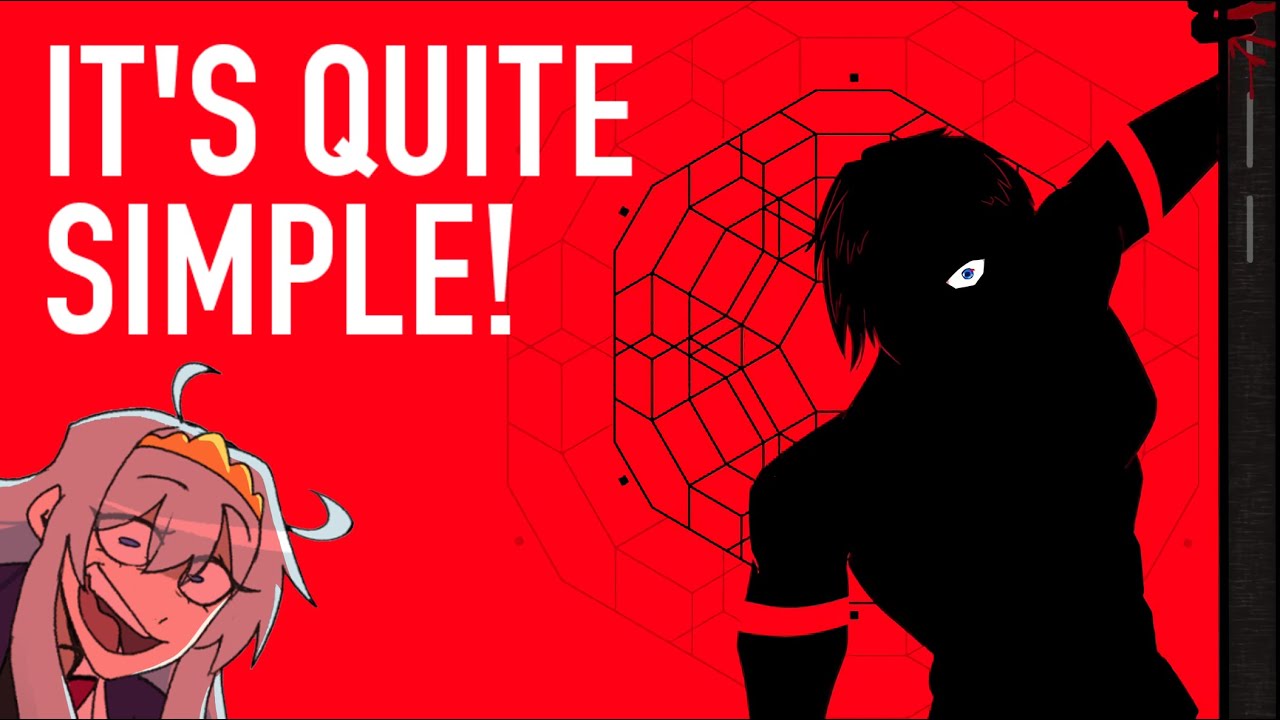

With nextcloud in particular, nextcloud is not just nextcloud.
It’s a bunch of additional optional services that may or may not work as-is on Synology. And the Synology package won’t come with all of them.
With docker, adding (or removing) additional services, such as Nextcloud Office, is comparatively simple.







Did you already find this?
https://github.com/thewierdnut/asha_pipewire_sink